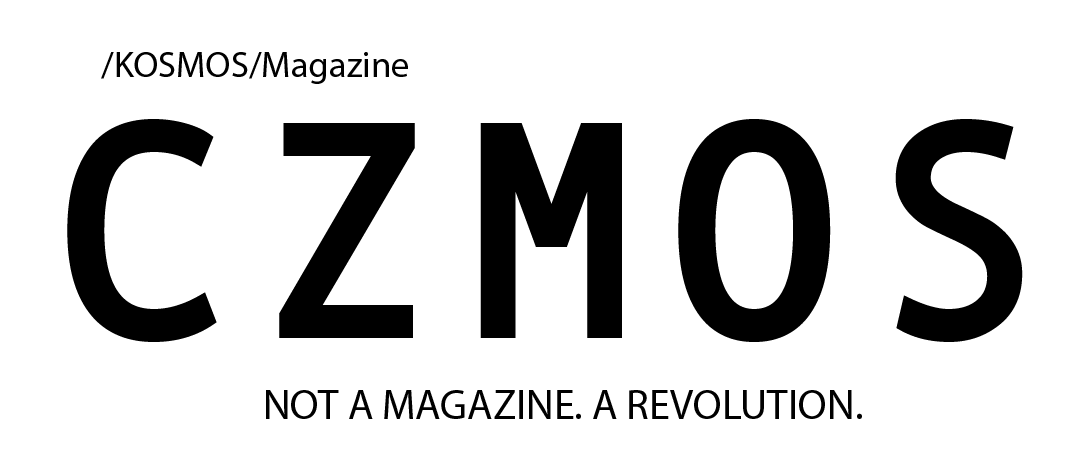POP ART: THE REVOLUTION OF POP CULTURE AND MASS CONSUMPTION
- Teresa Perri

- Oct 27
- 2 min read
Pop Art, short for Popular Art, was not just an aesthetic movement but a real cultural phenomenon that changed the way we look at modern art. Emerging in the late 1950s and becoming firmly established in the 1960s — especially in the United States and the United Kingdom — it was the first avant-garde that did not distance itself from contemporary reality. Instead, it fully embraced it, choosing mass consumer society as its muse.
Its impact goes far beyond painting and sculpture, significantly influencing graphic design, advertising, and the popular perception of art.
Objects Become Icons
The founding gesture of Pop Art is the selection of everyday objects. Artists no longer focus on historical or mythological themes, nor on introspective narratives. They turn instead to the banal, the mass-produced, the industrial product.
Campbell’s soup cans, Coca-Cola bottles, Brillo boxes — and even the faces of celebrities like Marilyn Monroe or Elvis Presley — are taken out of their commercial context and reintroduced as artistic subjects.
This choice is not merely thematic: it is a sociological commentary.Consumer goods and media icons become the new fetishes of the modern world — universal symbols of a shared and standardized culture.

The Language of Reproduction
To communicate this mass-oriented content, Pop Art adopts an impersonal and mechanical aesthetic. Key figures like Andy Warhol perfected silkscreen printing to reproduce images in series.
This technique accelerates production while deliberately rejecting the uniqueness of the artwork — mirroring the logic of the assembly line and transforming the artist into a “machine”, as Warhol himself declared.
Seriality becomes the metric of art in the industrial age.Similarly, Roy Lichtenstein brings the bold and flat aesthetics of advertising and comic strips onto the canvas, isolating single panels and enlarging Ben-Day dots to highlight the mediated and reproduced nature of the image.
Critique or Celebration? The Ambiguous Heart of Pop Art
The most debated aspect of Pop Art lies in its ambiguity:Is it a critique of capitalism or a celebration of it?
The movement has often been accused of glorifying consumerism and kitsch. Yet the use of irony, detachment, and obsessive repetition reveals a deeper awareness.
The Pop artist acts as a cold and neutral mirror, recording and documenting the alienation and standardization of the surrounding world.
By enlarging everyday objects and stripping them of their original function, Pop Art renders them strange, prompting viewers to question their own identity within a reality oversaturated with products and stimuli.

A Legacy Still Alive
In conclusion, Pop Art marked an irreversible turning point. It broke the hierarchical barrier between “high art” and “low culture,” legitimizing popular imagery as valid artistic material.
Not only did Pop Art immortalize consumer society —it also shaped it, influencing visual languages that remain vital today in design, fashion, and contemporary art.
Pop Art is still here — in every logo, every icon, every image ready to be consumed.





Comments